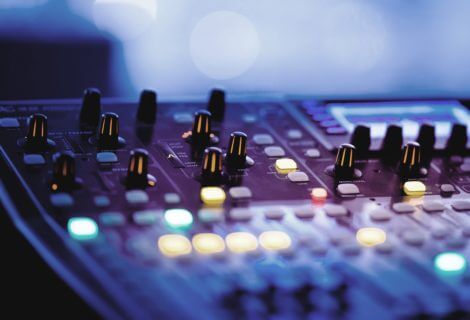
Home Recording Studio. What Do You Need First?
How to Buy the Best Home Recording Studio Equipment With an endless amount of gear out there, setting up your first home studio can seem like a daunting task. But it doesn’t have to be. Images by Drew Litowitz by Philip Sherburne Contributing Editor LONGFORM OCTOBER 12 2020 Share on Facebook Share on Twitter Open share drawer For aspiring artists i […]






